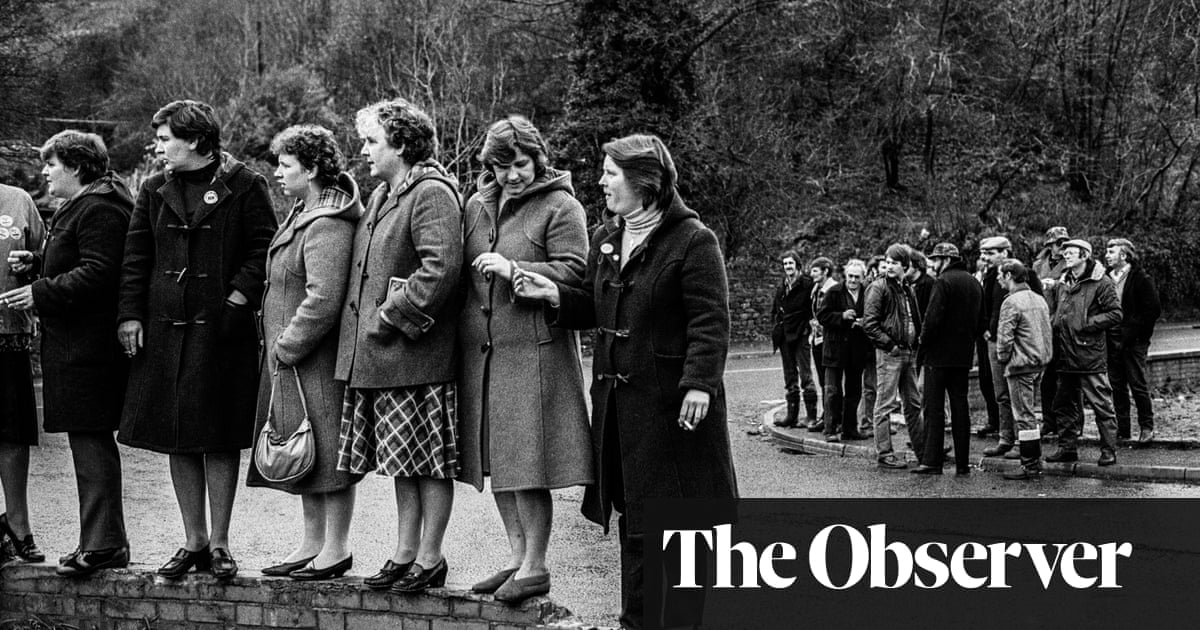
In the 1940s, a refugee from Nazi Germany called Nikolaus Pevsner started travelling round the lanes and streets of England, armed with sheaves of notes compiled in advance from lengthy research, cataloguing the noteworthy structures in meticulous-going-on-obsessive detail. It was an outsider’s act of love for his adopted country, a homage to the recently imperilled heritage of a nation that had survived war. The outcome was the Buildings of England series of county-by-county guidebooks, a literary national monument now known collectively as Pevsners.
He finished his labours in 1974, only for the process of revision to start. In 1983, Penguin started bringing out new and expanded editions in a larger format, a project carried out since 2002 by Yale University Press. The last of these, on Staffordshire, has now been published. There is talk of digital versions, but no more printed books are in prospect in the Buildings of England series. An epic endeavour, nearly 80 years old, is complete.
It is a 56-volume publishing cathedral: a work of many hands whose spirit persists through the evolutions and accretions of time. There have been several editors since Pevsner’s day – Bridget Cherry, Elizabeth Williamson, Charles O’Brien and Simon Bradley – and a whole host of authors, contributors and researchers. The Staffordshire guide was updated by the late Christopher Wakeling, an expert on nonconformist chapels who taught at Keele University, and is enriched by input from experts on subjects as varied as alabaster sculpture and the buildings of British Rail. There are also completed series on Scotland and Wales – Pevsner-inspired but not by him – and one ongoing on Ireland.
The series is based on the confidence that what might be called high architecture is more deserving of attention than less posh buildings: churches, especially, which usually lead off the account of a given town or village; also, country houses, museums, castles, works by celebrated architects. Growing appreciation and knowledge of industrial buildings and vernacular barns and homes have upped their presence in the later editions, but venues of vulgar entertainment continue to get short shrift. This bias leads, in the case of Staffordshire, to the omission of the county’s most famous and popular tourist attraction, the theme park at Alton Towers. The stately home of the same name, on whose grounds the resort was built, is by contrast exhaustively described.
The method has also remained consistent. It is densely factual, enumerating the features of buildings, identifying dates, architects, artists and patrons, naming the stylistic elements, sometimes counting the arches or spires. It wields with relish both art-historical labels (early English, decorated, perpendicular) and the vocabulary of architectural detail: lucarnes, œil de bœuf windows, reticulation. There is, thankfully, a glossary.
Then the moments arrive when Pevsner (as do, to a lesser extent, his successors) feels free to deliver his judgments – “noble”, “uninspired”, “a comely front”, “a worthy building if not architecturally exciting”, “has ample grace”, “honest and neither prettified nor artificially toughened”. The west front of Lichfield Cathedral is “not wholly satisfactory… It has two spires, and if spires are meant to aspire, these aspire too little.” There’s a moral undercurrent here, an implied propriety, a search for virtue. Works that don’t conform to Pevsner’s sense of how things should be tend to get called “odd”, or worse.
Pevsners are old-fashioned, redolent of the years when you might stow your guidebooks and Ordnance Survey maps in the glove compartment of your Morris Minor, pack your Thermos and sandwiches, and seek out a small country hotel to spend the night. At times the books, with their facts and arcane words and enfilades of place names – Wombourne, Yarlet, Hamstall Ridware, Tittensor – resemble incantations. They sing you back to an England that, even if the names remain, is no longer entirely there and maybe never quite was.
But, importantly, the series is not and never was an exercise in nostalgia. Pevsner was not only a historian but also an advocate of modern architecture, especially in its purest forms. Part of the point of the study of the past was, for him, to show how the best contemporary buildings take their place alongside their predecessors, and grow out of similar principles. An important aspect of the Pevsner guides has always been their inclusion of new buildings alongside the old, often accompanied by the old professor’s more waspish and polemical remarks. This not a Faragist project of national myth-making.
The guides also remain pre-eminent at doing the job they set out to do. If you want to know which architecture in a given place might be worth seeking out, or to learn more about the buildings you are looking at, nothing else comes close. They also communicate extraordinary respect for, and devotion to, their subject, which are in themselves things of wonder. We won’t see anything like this again.
Pevsner Architectural Guides: Buildings of England: Staffordshire by Christopher Wakeling and Nikolaus Pevsner is published by Yale University Press (£45). To support the Guardian and Observer order your copy at guardianbookshop.com. Delivery charges may apply












